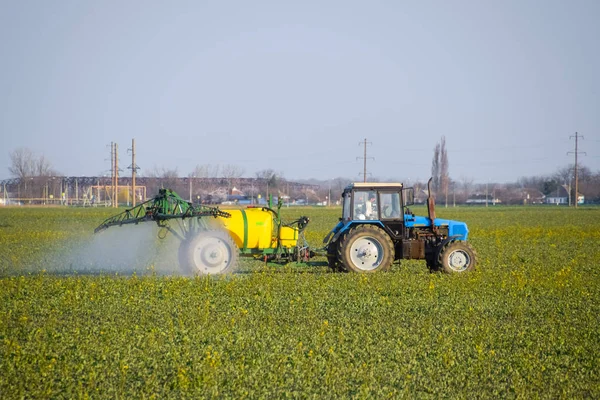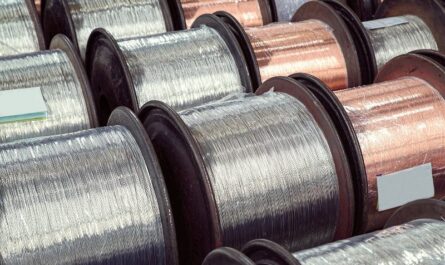Anti-corrosion coatings are paints or liquid formulas that are applied to surfaces in order to protect them from corrosion caused due to oxidation. They form a protective layer that seals the surface from moisture and corrosion. Some key types of anti-corrosion coatings include epoxy, alkyd, polyurethane, zinc, and acrylic coatings. Epoxy coatings are extensively used for protecting structures and equipment exposed to saltwater environments in oil rigs, offshore platforms, ships, and harbor structures. Alkyd coatings are widely adopted for general industrial use and are suitable for both low and high corrosion environments. Polyurethane coatings exhibit excellent adhesion, flexibility, and UV resistance making them ideal for auto refinishing and industrial flooring applications.
The global anti-corrosion coatings market is estimated to be valued at US$ 31.2 billion in 2023 and is expected to exhibit a CAGR of 3.8% over the forecast period 2023 to 2030, as highlighted in a new report published by Coherent Market Insights.
Market Dynamics:
One of the major drivers for the anti-corrosion coatings market is rising demand from the oil and gas industry. Corrosion is one of the most significant issues faced during production, transportation, and refining of oil and gas. According to the National Association of Corrosion Engineers, corrosion costs oil and gas industry nearly US$ 70 billion annually in the United States. To prevent equipment failure and extend asset life, oil and gas companies significantly invest in advanced anti-corrosion coating solutions. Rapid industrialization and infrastructure development especially in emerging economies of Asia Pacific and Latin America is also boosting the need for anti-corrosion coatings in various end-use industries such as marine, infrastructure, and power generation driving the market growth over the forecast period.
Segment Analysis
The global anti-corrosion coatings market is dominated by the oil and gas sub-segment, which accounts for over 35% share of the market. This is because anti-corrosion coatings are heavily used in the oil and gas industry to protect pipelines, tanks, and other infrastructure from corrosion caused by water, chemicals, or microbes. The infrastructure in the oil and gas industry is constantly exposed to harsh environmental conditions which can accelerate corrosion, hence needs robust protection through coatings.
PEST Analysis
Political: Regulations regarding VOC emissions influence the formulations of anti-corrosion coatings. Various governments promote investments in oil exploration and infrastructure development which drives demand for anti-corrosion coatings.
Economic: Growth of end-use industries like oil & gas, marine, infrastructure positively impacts the market. Transportation costs of raw materials influence prices.
Social: Increased investments in infrastructure development in developing nations present market opportunities. Public awareness regarding corrosion protection extends product life.
Technological: Developments in powder and water-based coatings aid environment compliance. Robotics improves application efficiency. Advance testing methods ensure coating suitability.
Key Takeaways
The global anti-corrosion coatings market size was valued at USD 32 billion in 2023 and is expected to grow at a CAGR of 3.8% during the forecast period.
Regional analysis indicates that the Asia Pacific region currently dominates the market accounting for over 35% of the global demand due to rapid industrialization in major countries including China, India.
Key players operating in the anti-corrosion coatings market are AkzoNobel, PPG Industries, Axalta Coating Systems, BASF SE, The Sherwin-Williams Company. The oil and gas industry is a key demand generator for anti-corrosion coatings globally due to extensive corrosion protection needs of infrastructure and equipment. Key players focus on expanding their product portfolios and strengthening distribution channels across high potential regions to gain market share. Technological advancements in coating formulations for improved performance, reduced curing times and lower environmental impact will also influence future demand trends positively.




